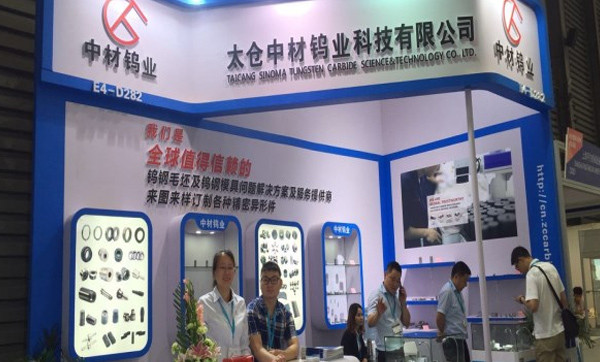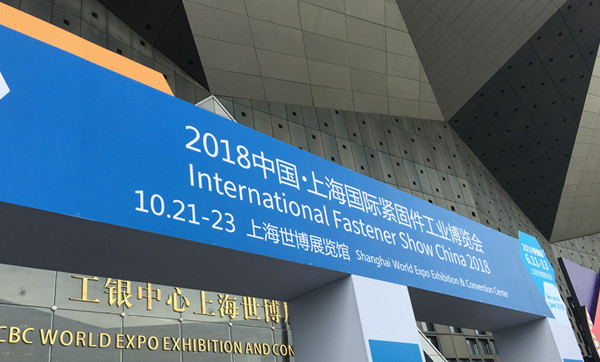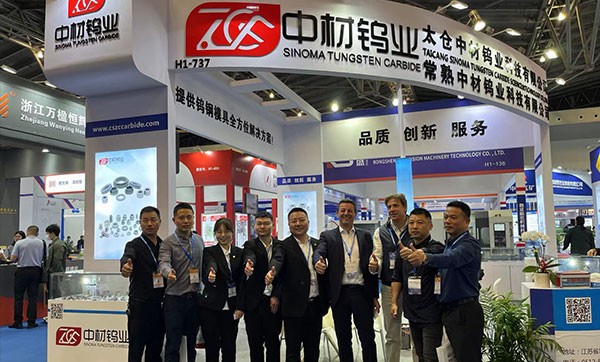Tungsten carbide molds are essential in manufacturing processes where high precision and durability are paramount, such as in the production of automotive components, electronics, and aerospace parts. Improving the quality of these molds involves a range of technical upgrades and procedural refinements, each carrying associated costs. This article explores the key areas where investments are required to enhance tungsten carbide mold quality and the financial implications of these improvements.
Cost Factor: High-Quality Raw Materials
The primary cost driver in improving tungsten carbide mold quality is the use of superior raw materials. High-purity tungsten carbide powders and binders such as cobalt or nickel are more expensive but crucial for achieving the desired hardness and wear resistance. The purity of these materials directly impacts the mold's performance and longevity.
Estimated Cost Increase: High-quality raw materials can increase costs by 20-40% compared to standard grades.
Cost Factor: Precision Manufacturing Equipment
Enhancing the precision of tungsten carbide molds often necessitates advanced manufacturing techniques. This includes high-precision CNC machining, electrical discharge machining (EDM), and laser cutting technologies. Investing in state-of-the-art equipment ensures tighter tolerances and better surface finishes, reducing the need for subsequent polishing and adjustments.
Estimated Cost Increase: Upgrading to advanced manufacturing equipment can lead to an initial capital expenditure increase of 50-100%, depending on the sophistication of the machinery.
Cost Factor: Enhanced Heat Treatment and Coating
To improve the wear resistance and longevity of tungsten carbide molds, advanced heat treatment and coating processes are employed. This includes vacuum sintering, hot isostatic pressing (HIP), and the application of specialized coatings such as titanium nitride (TiN) or diamond-like carbon (DLC). These processes enhance the mold's hardness and reduce friction during use.
Estimated Cost Increase: Implementing advanced heat treatment and coating techniques can raise costs by 30-50%.
Cost Factor: Enhanced Inspection and Testing
Maintaining high quality requires rigorous inspection and testing. This includes dimensional inspection using coordinate measuring machines (CMM), non-destructive testing (NDT) methods like ultrasonic or X-ray inspection, and hardness testing. Ensuring each mold meets stringent quality standards reduces the risk of defects and extends the mold’s service life.
Estimated Cost Increase: Enhanced quality control measures can increase costs by 10-20%, primarily due to the need for sophisticated equipment and skilled personnel.
Cost Factor: Continuous Improvement and Innovation
Investing in R&D is essential for the continuous improvement of tungsten carbide molds. This includes developing new carbide formulations, optimizing manufacturing processes, and testing novel coatings. Ongoing R&D efforts ensure that the molds can meet evolving industry requirements and maintain a competitive edge.
Estimated Cost Increase: R&D investments typically add 5-15% to the overall cost, depending on the scale and scope of the projects.
Cost Factor: Expertise and Training Programs
Producing high-quality tungsten carbide molds requires a skilled workforce proficient in advanced manufacturing and quality control techniques. Investing in regular training programs to keep the workforce updated on the latest technologies and processes is crucial.
Estimated Cost Increase: Workforce training and development can increase operational costs by 10-15%.
Improving the quality of tungsten carbide molds involves substantial investments across various aspects of the manufacturing process. The cumulative effect of using high-quality materials, adopting advanced manufacturing techniques, implementing rigorous quality control, and investing in R&D and workforce training can significantly increase production costs. However, these investments are often justified by the resulting enhancements in mold performance, durability, and precision, which can lead to reduced downtime, lower maintenance costs, and higher overall productivity in the long run. Manufacturers must weigh these costs against the benefits to determine the optimal balance for their specific applications and market demands.




